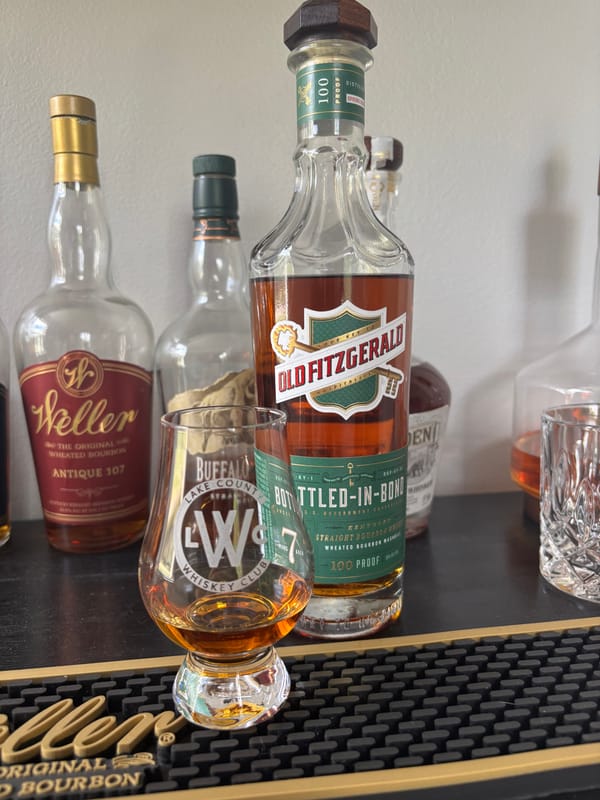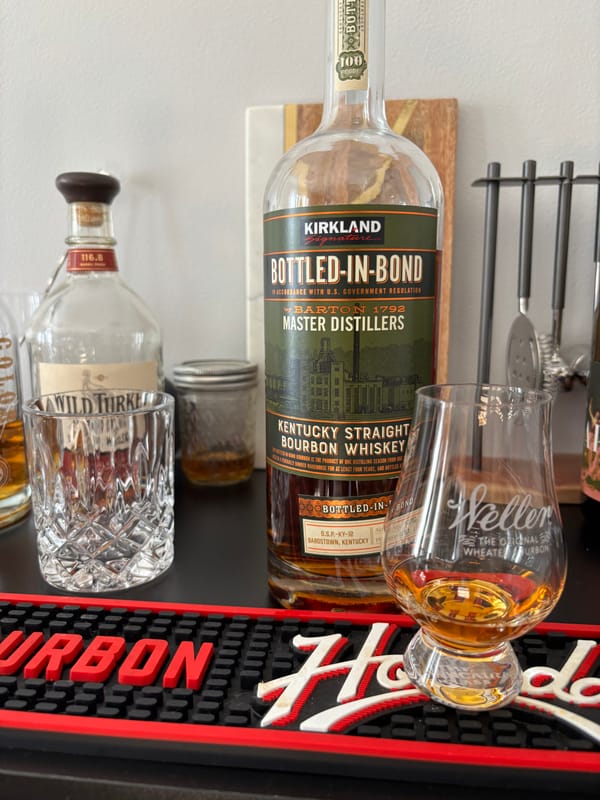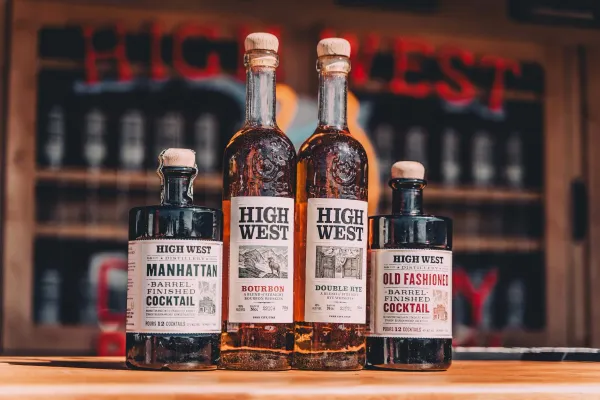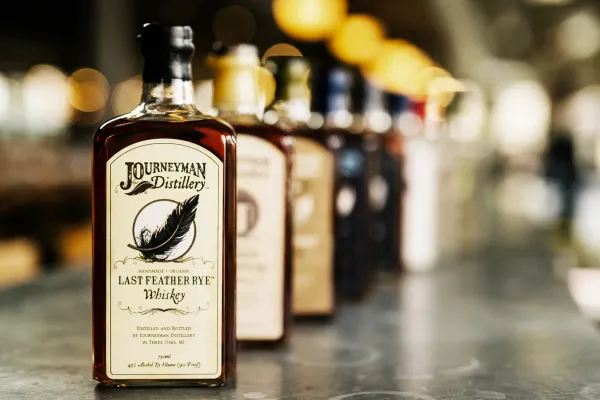Whiskey Proof and Bottling Regulations Explained: The Strength You’ll Wish You’d Grasped Sooner

Proof and Bottling Regulations: The Whiskey Measure You Can’t Miss
Proof and bottling regulations for whiskey aren’t just numbers. They’re the legal measures that ensure every bottle’s strength and integrity. If you don’t know these rules, you’re missing the strength that defines every sip. For whiskey fans curious about bottling, this is the straight truth about whiskey proof and bottling regulations, rooted in legal standards and craft, and a 2025 must-catch.
What Are Whiskey Proof and Bottling Regulations?
U.S. law requires bourbon, rye, wheat, and corn whiskey to be bottled at 80 proof (40% ABV) minimum, with barrel entry at 125 proof (62.5% ABV) maximum. Scotch and Irish whiskey (Scotch Whisky Regulations 2009, Irish Whiskey Act 1980) also set an 80 proof minimum. Proof, twice the alcohol percentage, is adjusted by diluting with water post-aging (two-plus years for U.S., three-plus for Scotch/Irish). Bottling ensures no additives (except water) alter flavors like caramel or malt, maintaining whiskey’s purity at 80-120 proof.
How Proof and Bottling Shape Whiskey
Distillate, exiting stills at 160 proof maximum (U.S.) or 190 proof (Scotch/Irish), is barreled at 125 proof or less, aging in oak to develop vanilla or spice. Post-aging, water dilution lowers proof to 80-100 proof for standard bottles or 100-120 proof for cask-strength, preserving corn’s sweetness or rye’s clove. Bottling seals the spirit in glass, preventing further flavor change, with labels stating exact proof per legal standards. Temperature (20-100°F) and humidity (50-90%) during aging influence final proof adjustments, ensuring consistency.
Why Proof and Bottling Matter for Your Sip
A bourbon at 80 proof offers smooth caramel, while a cask-strength rye at 120 proof delivers intense spice, per U.S. law. Scotch at 86 proof balances malt and fruit. Incorrect proof violates regulations, skewing flavor. Every sip reflects bottling’s precision, making your next bottle a true measure of its strength.
Why Proof and Bottling Regulations Matter in 2025
Proof and bottling regulations are whiskey’s strength standard. By 2025, understanding these rules could make every sip a clear taste of integrity, from mild to bold. It’s the truth in the measure, so don’t miss the strength.
Check out NEAT: Whiskey Finder—it’ll help you track down bourbon and whiskey near you.





